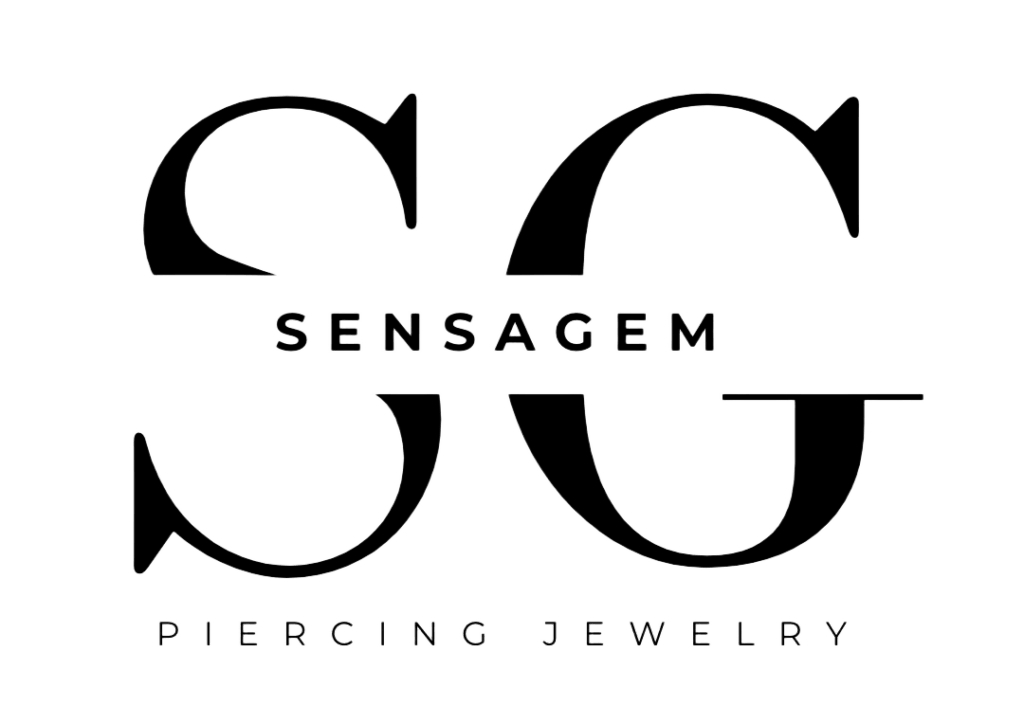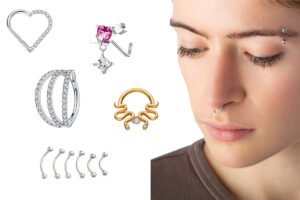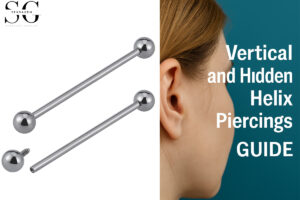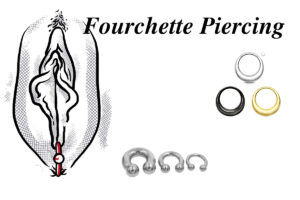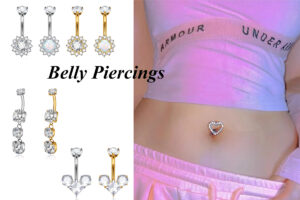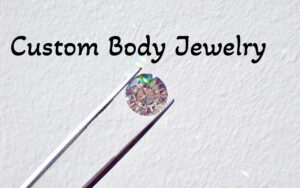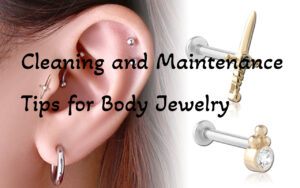Introdução: Os melhores materiais para piercing jóias
When it comes to choosing piercing jewelry, the material is key. Piercing jewelry can be made from various metals, incluindo 18K Gold, 925 Prata, 316L Aço inoxidável, e ASTM F136 Titanium. Each of these materials offers unique benefits, but some stand out more than others, especially for long-term wear and skin compatibility. In this blog post, we will explore why ASTM F136 Titanium e 316L Aço inoxidável are the best materials for piercing jewelry, focusing on their properties, durabilidade, and safety for consumers.
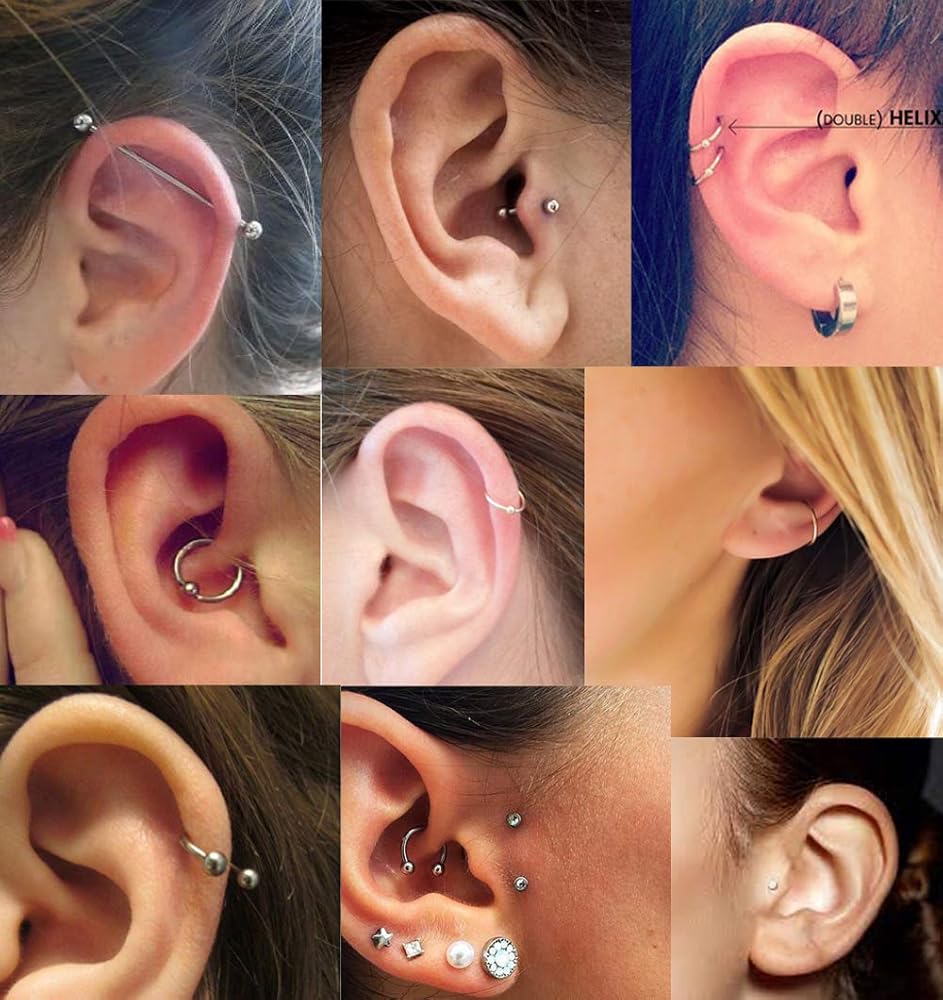
Overview of Piercing Jewelry Materials
Piercing jewelry comes in various materials, each suited for different needs. No entanto, some materials are particularly well-suited for body piercings due to their hypoallergenic properties, resistência à corrosão, and ease of care. Here’s a brief overview:
•18K Gold: A premium material often used for its aesthetic appeal, but it can cause allergic reactions for some people due to the nickel content.
•925 Prata: Another popular choice for piercing jewelry, 925 silver is durable but may tarnish over time.
•316L Aço inoxidável: Known for its corrosion resistance, propriedades hipoalergênicas, e força, it’s often regarded as one of the best materials for piercing jewelry.
•ASTM F136 Titanium: A medical-grade titanium that is lightweight, strong, resistente à corrosão, and extremely biocompatible, making it one of the most trusted choices for body piercings.
Why ASTM F136 Titanium is the Best Material for Piercing Jewelry
ASTM F136 titanium has earned its reputation as one of the top choices for piercing jewelry. Here’s why:
1.Biocompatibilidade: ASTM F136 Titanium is biocompatible, which means it is highly unlikely to cause allergic reactions. It is often used in medical implants and surgical devices due to its non-reactivity with human tissue. This makes it an ideal choice for body piercings, especially for people with sensitive skin.
2.Durabilidade: Unlike other metals, titanium doesn’t corrode or tarnish easily. It maintains its appearance and structure for a long time, making it a durable option for jewelry that will be worn for extended periods.
3.Leve: Titanium is incredibly light compared to other materials like stainless steel and gold. This makes it more comfortable for those wearing body piercings that require long-term wear, such as piercings in the ears, nariz, or navel.
4.Corrosion Resistance: Titanium is highly resistant to corrosion, especially from body fluids or exposure to moisture. It does not rust, even when exposed to saltwater or sweat, which is why it’s often used in jewelry that will be exposed to harsh environments.
5.Versatility in Design: ASTM F136 Titanium is easy to work with and can be machined to create intricate and unique jewelry designs. It is available in a wide range of colors, allowing for customization to suit various styles and preferences.
6.Low Maintenance: Titanium is low-maintenance, requiring only basic cleaning with mild soap and water. This makes it easy for wearers to maintain their piercing jewelry and keep it looking its best over time.
316L Aço inoxidável: A Reliable Alternative for Piercing Jewelry
While ASTM F136 Titanium is an excellent choice, 316L Aço inoxidável is another material that has become extremely popular in the piercing jewelry industry. Here’s why:
1.Corrosion Resistance: 316L stainless steel is highly resistant to corrosion, even in environments with saltwater and sweat. This makes it a great option for piercings in areas that are prone to exposure to moisture, such as the ears and navel.
2.Hypoallergenic Properties: 316L stainless steel is hypoallergenic, meaning it’s unlikely to cause allergic reactions or irritation, even for people with sensitive skin. This is especially important for those who are prone to allergic reactions to metals like nickel.
3.Strength and Durability: Stainless steel is a strong and durable material, which makes it a reliable choice for jewelry that needs to withstand daily wear. It’s also scratch-resistant, ensuring that the jewelry maintains its appearance for a long time.
4.Ease of Cleaning: 316L stainless steel is easy to clean and maintain. Unlike other materials that may tarnish or corrode over time, stainless steel remains polished and smooth with minimal maintenance.
5.Affordability: Stainless steel is more affordable than materials like gold or titanium, making it a popular choice for budget-conscious consumers. Despite its lower cost, it does not compromise on durability or performance.
Comparison: ASTM F136 Titanium vs. 316L Aço inoxidável
While both ASTM F136 Titanium e 316L Aço inoxidável are excellent materials for piercing jewelry, there are certain differences that may make one more suitable than the other for specific applications. Here’s a quick comparison:
| Property | ASTM F136 Titanium | 316L Aço inoxidável |
|---|---|---|
| Corrosion Resistance | Excelente, highly resistant to corrosion, especially in body fluids | Bom, but can corrode in certain conditions, especially with chlorides |
| Biocompatibilidade | Highly biocompatible, making it ideal for body piercings and medical implants | Bom, but may cause reactions in sensitive individuals |
| Durabilidade | Very durable, resistant to scratching and wear | Durable but less scratch-resistant compared to titanium |
| Peso | Leve, making it comfortable for extended wear | Heavier than titanium, which might be less comfortable for some wearers |
| Price | More expensive due to the material’s high quality and manufacturing process | Mais acessível, commonly used for mass-market jewelry |
| Hypoallergenic Properties | Generally hypoallergenic, ideal for individuals with metal sensitivities | Bom, but some users with allergies to nickel may have reactions |
| Appearance | Can be anodized for a wide range of colors and finishes | Can be polished for a bright, shiny appearance, but no color options like titanium |
How to Choose the Best Material for Piercing Jewelry
Choosing the right material for piercing jewelry depends on several factors:
1.Allergies: If you or your customers have sensitive skin, ASTM F136 Titanium is likely the best choice due to its hypoallergenic properties. For those with mild sensitivities, 316L Aço inoxidável may also be a good option.
2.Budget: If cost is a major factor, 316L Aço inoxidável offers excellent value for money without sacrificing quality or durability.
3.Design Preferences: ASTM F136 Titanium offers a greater range of colors and design possibilities, while 316L Aço inoxidável has a polished and sleek look.
4.Long-Term Wear: Both materials are ideal for long-term wear, but ASTM F136 Titanium is lighter and may be more comfortable for extended use.
Conclusão
Quando se trata de jóias perfurantes, choosing the right material is crucial for both safety and comfort. ASTM F136 Titanium e 316L Aço inoxidável are two of the best materials available today, each offering unique benefits. Whether you’re a piercing jewelry importer, brand owner, ou retailer, understanding the advantages of these materials can help you make informed decisions about the products you offer. By prioritizing safety, durabilidade, e design, you can ensure that your customers enjoy both stylish and comfortable piercing jewelry that lasts.
Perguntas frequentes:
1. Is ASTM F136 Titanium better than 316L Stainless Steel?
It depends on your needs. Titanium is more lightweight and biocompatible, while stainless steel is more affordable and still offers excellent durability.
2. Can I use 316L Stainless Steel for all types of piercings?
Sim, 316L Stainless Steel is suitable for a wide range of piercings, incluindo ouvido, nariz, lip, and navel piercings.
3. How do I care for titanium and stainless steel jewelry?
Both materials require minimal care. Clean with mild soap and water, and avoid exposing them to harsh chemicals.
By following these guidelines and choosing the right materials for piercing jewelry, you can ensure a positive experience for your customers and maintain the high standards of your brand.
